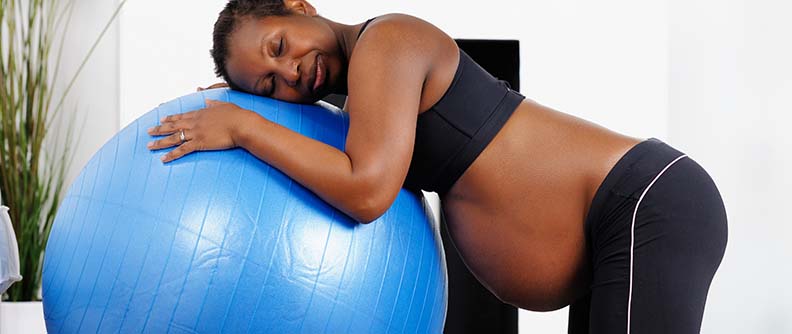As you near the end of your third trimester, your baby will settle into position for birth. By this time in your pregnancy, your baby is likely in one of three positions.
Cephalic presentation, occiput anterior
This is the best position for labor. Your baby is head-down, their face is turned toward your back, and their chin is tucked to their chest. This allows the back of your baby’s head to easily enter your pelvis when the time is right. Most babies settle into this position by week 36 of pregnancy.
Cephalic presentation, occiput posterior position
In this case, your baby is head-down, but their face is turned toward your bellybutton instead of your back. This is also called the “sunny side up” position. If your baby is positioned this way, your labor could be longer and more difficult. Don’t be alarmed if your baby is in this position at the start of your labor. Your baby can rotate their head throughout the birthing process and may naturally turn their head to face down.
Breech position
Breech can mean any position where your baby’s head isn’t pointed down toward your pelvis. Instead, your baby’s buttocks might be positioned to enter the birth canal first. Sometimes one or both of their feet might be pointed downward.
In certain cases, babies lie crosswise inside the uterus. This position makes it more likely that the baby’s shoulder will enter the pelvis first.
If your baby is breech and they can’t be turned in the uterus, you’ll likely need a cesarean birth, or C-section. Your clinician will let you know if this is a possibility.
Turning your baby
In many cases, it’s possible to get your baby to move into the right position for birth. This is called external cephalic version. A clinician will firmly press their hands on certain parts of your belly. Babies often adjust to a head-down position when this happens.
You can also help your baby turn by changing your own position. Try getting on your hands and knees and rocking back and forth. You can also try pushing your hips upward while you lie on your back with your knees bent and your feet flat on the floor. Be sure to ask your clinician before trying to turn your baby yourself.
Stimulating music or light can sometimes encourage your baby to turn. Try placing headphones toward the bottom of your belly to see if your baby will turn toward it. Shining a light into your belly can have the same effect.
